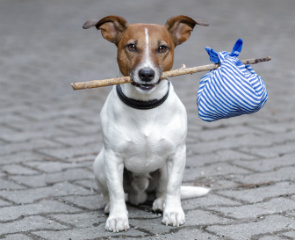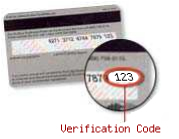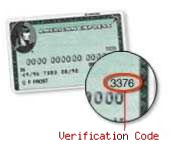|

1. Boredom or Loneliness
Dogs that are locked in a home or a small yard for hours at a time without any attention or stimulation can get bored or lonely. This can cause them to feel the need to bolt or escape either to relieve themselves, look for food or find entertainment. Sometimes running away can become “self-rewarding” behavior. When they run away, they get to roam wherever they please, dig in the neighbors yard, chase cats and hang out with other dogs. Therefore, this behavior can be positively reinforced every time they run away.
2. They’re in an unfamiliar home or new location
Dogs are habitual creatures and value routine. When they are in an unfamiliar location and get loose, it is likely that they will run in the direction of home.
3. Dogs are following their instinctual desires
Dogs are creatures that enjoy being part of a pack and they also have very strong predatory instincts. Therefore a dog that is left alone for too long may escape to go in search of company. They may also want the freedom to follow a tasty scent or to find other dogs to chase squirrels with. Furthermore, un-neutered dogs may go roaming in search of a mate.
4. They are reacting to a frightening sound or situation
When dogs are confronted with frighteningly loud noises such as thunder, loud beeping or fireworks, they may feel the need to escape their confines to get away from the sound. When unexpected events occur such as sudden rain or bright lights they may feel the urge to get to safety.
5. There’s access to an easy escape
If there is a gate or fence that is low enough to jump over, broken enough to fit through or easy enough to open, chances are your dog will try and escape. The best thing you can do is double check your backyard to make sure it is fully enclosed and secure.
Having a dog that constantly bolts and runs away can be frustrating and exhausting. It can be tough to eliminate this problem but the steps listed above can definitely help you avoid it as much as possible. When Fluffy does finally come home covered in mud, smelling of sewage and completely spent from the day’s excursion, you can finally breathe a long sigh of relief. Even dogs know, there’s no place like home.
|






